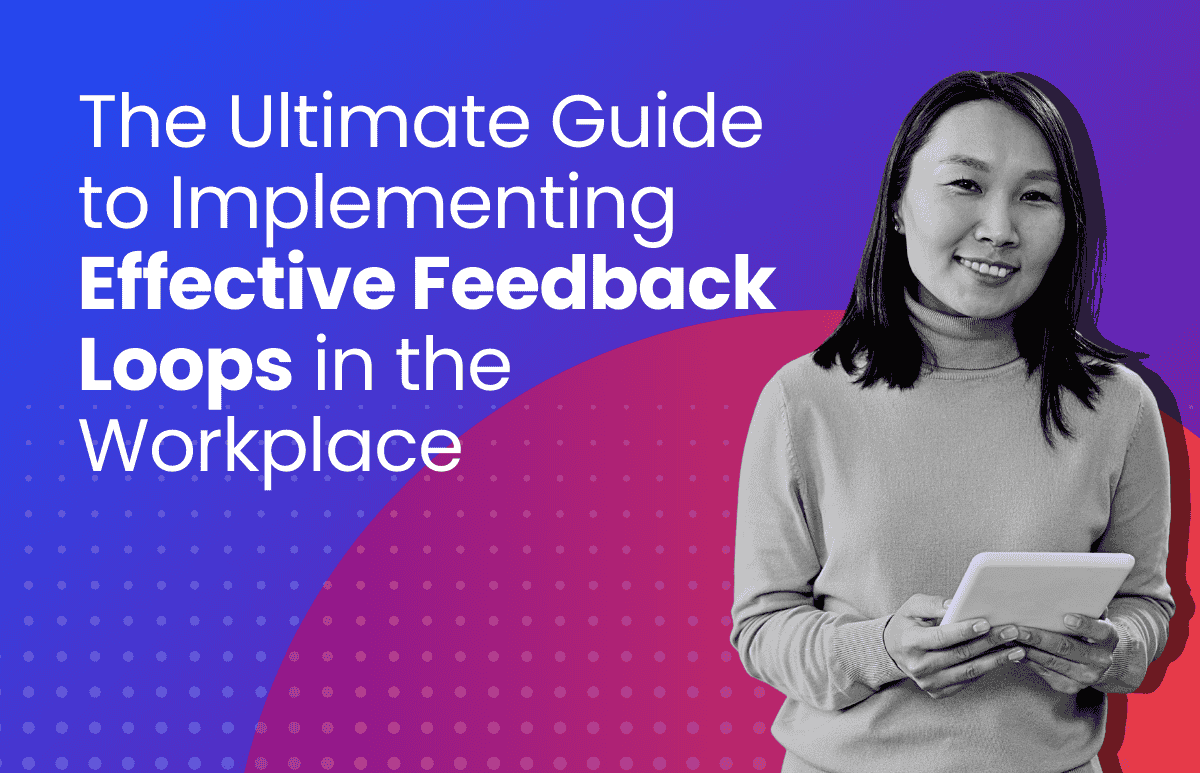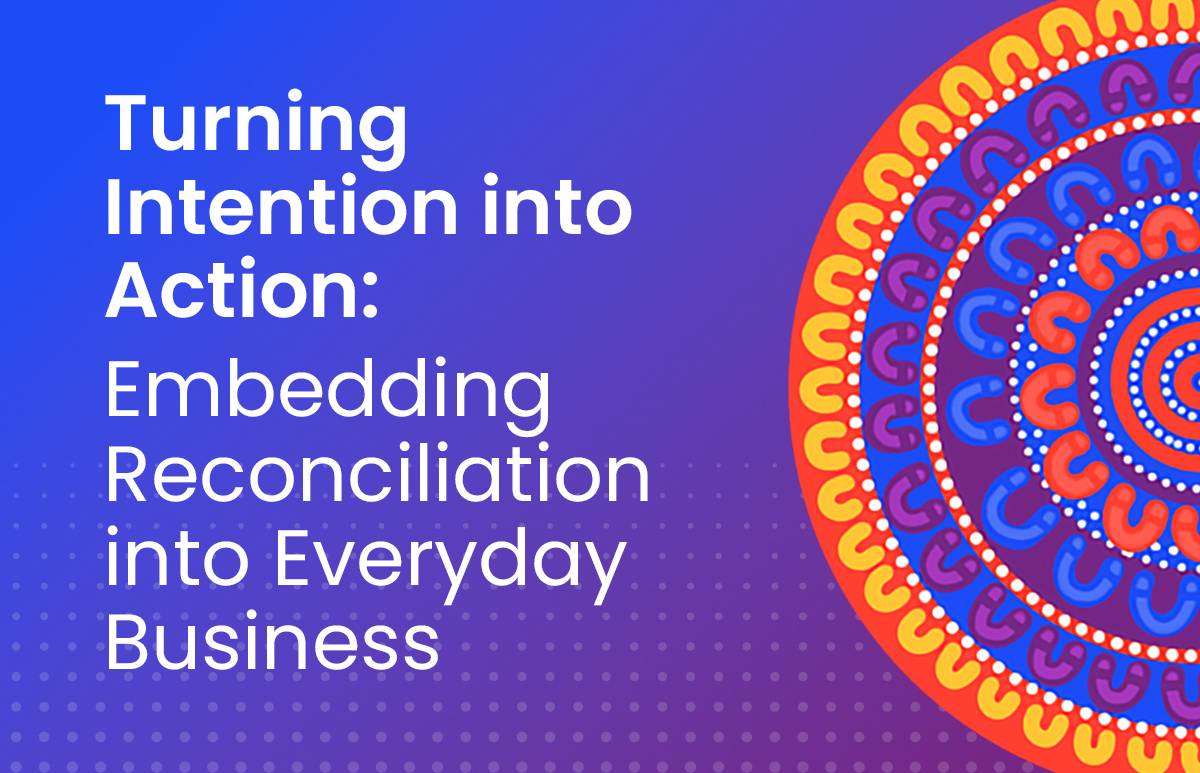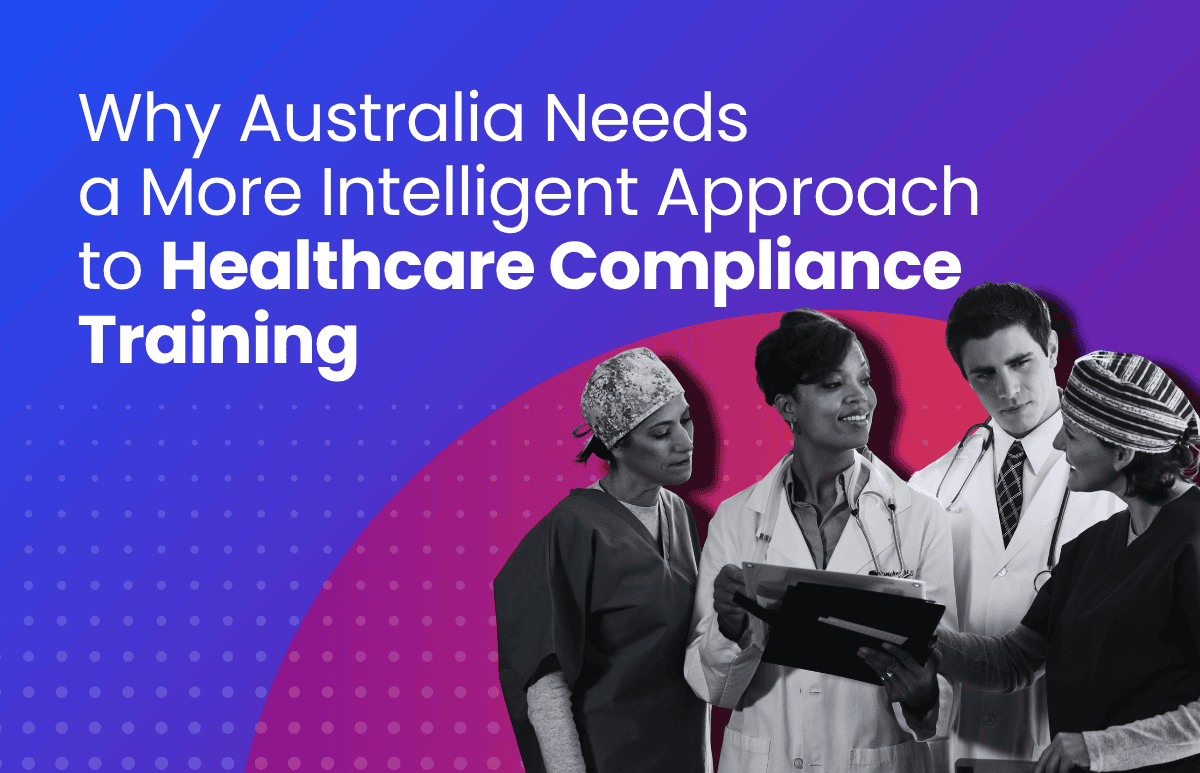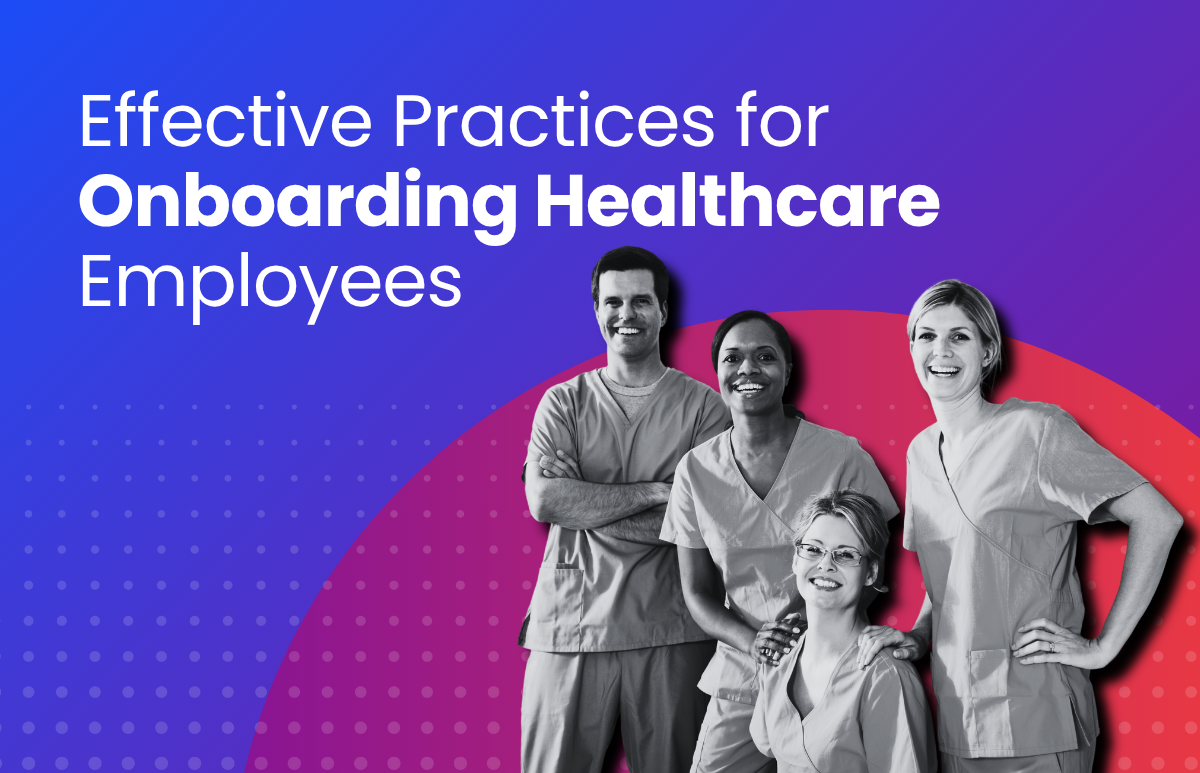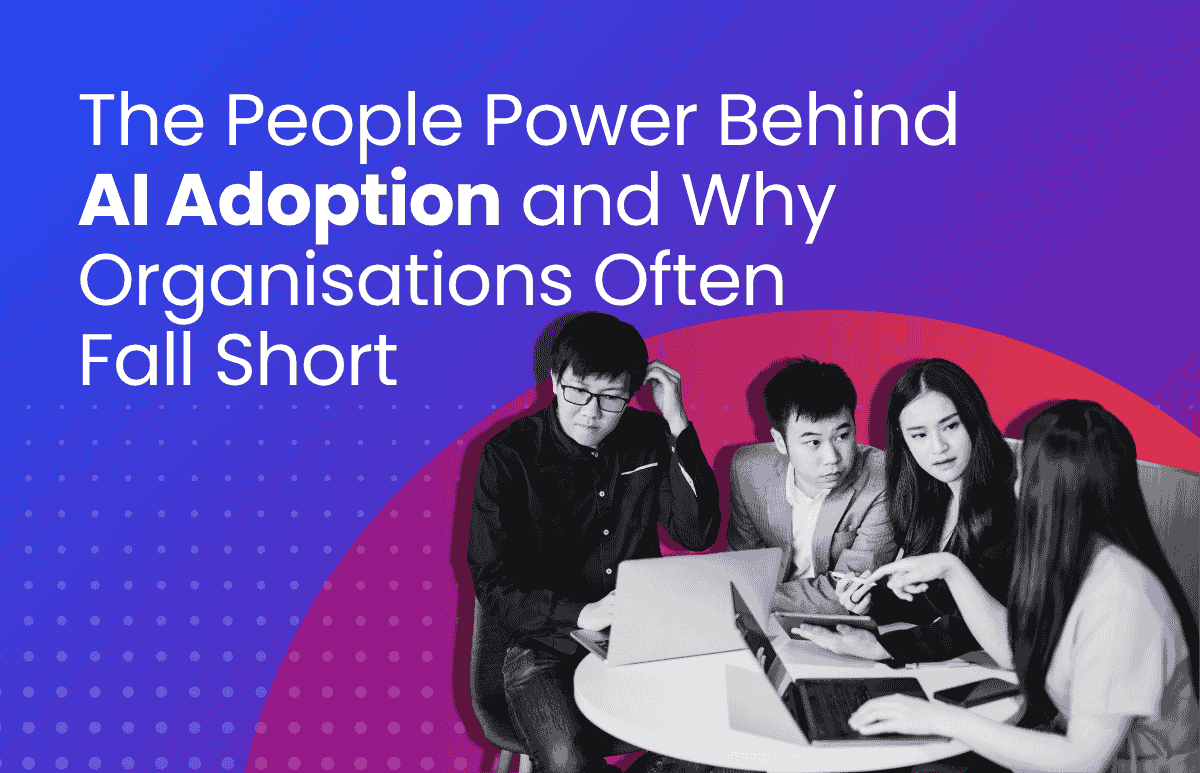HR Data Collection: Best Practices for 2025
HR leaders are under more pressure than ever to prove impact, mitigate risk and stay abreast of shifting compliance requirements. And that all starts with one thing - accurate data.
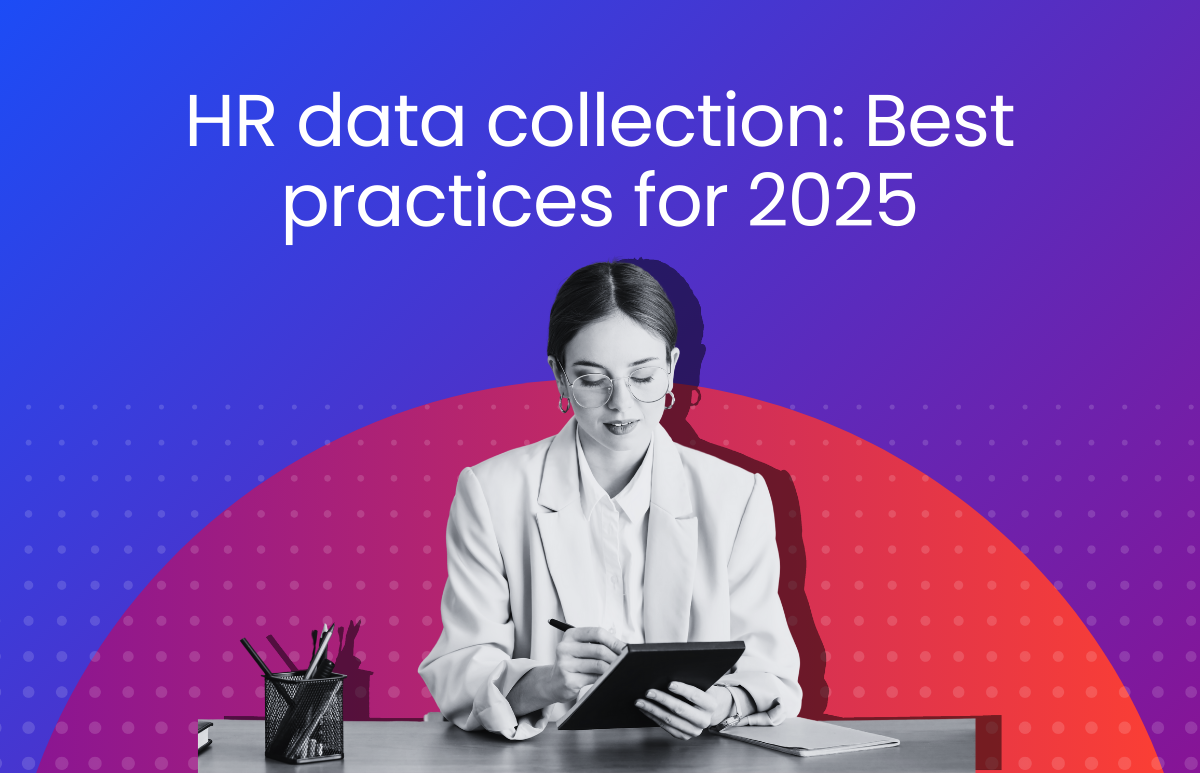
Yet for many HR teams, collecting high-quality, reliable people data is harder than it sounds. Disparate systems, manual processes and inconsistent standards make it tough to know what’s accurate, let alone act on it with any kind of confidence.
In this guide, we’ll break down the foundations of accurate HR data collection, the business impact of getting it wrong, and seven practical steps HR leaders can take today.
What is accurate HR data collection?
Collecting accurate data might sound simple, but in practice it can easily be mishandled or overlooked.
Accurate HR data collection refers to the process of gathering, recording and maintaining employee-related information in a way that is complete, correct, consistent and compliant.
This includes everything from personal details and payroll to performance metrics, compliance records, certifications and learning results.
Why HR data accuracy matters in 2025
Why does it really matter? Because without accuracy, even the best-looking reports are misleading. This means any decision made on this data is going to be shaky at best and risky at worst.
- 83% of HR professionals say data quality directly impacts their decision-making (PwC)
- Poor data quality costs organisations an average of $12.9 million each year (Gartner)
From compliance audits to workforce planning, business leaders are demanding real-time, reliable insights. And with the rise of AI-powered HR analytics, the stakes for clean data are even higher.
Accurate data enables
- Strategic workforce decisions
- More effective hiring and onboarding
- Dependable payroll and compliance reporting
- Improved employee engagement and retention
What’s the cost of inaccurate HR data?
Bad data isn’t just a nuisance, it can be downright expensive.
What’s the financial impact?
- Increased costs due to payroll errors or regulatory fines
- Lost productivity from duplicated or manual work
- Wasted spend on recruitment due to incorrect turnover data
What’s the operational risk?
- Non-compliance with labour laws
- Poor employee experience
- Inaccurate forecasts and misinformed decisions
Understanding HR data types and sources
It may seem obvious but collecting accurate data starts with knowing what to collect. Here’s a breakdown:
1. Personal and demographic data
Names, addresses, contact info, and emergency contacts. Ensure compliance with local privacy laws.
2. Employment and compensation data
Contracts, salary, superannuation, benefits, leave balances.
3. Attendance and time management
Shift patterns, overtime, leave requests, timesheets.
4. Learning and development records
Training completion, certifications, and professional development hours.
5. Performance and engagement
Appraisals, survey results, and goal tracking.
6. Compliance and legal records
Licences, policy acknowledgements and audit trails.
7 ways to improve your HR data accuracy
Looking for ways to nail your data accuracy and dependability? Here’s seven ways to get moving:
1. Define clear data objectives
Know why you’re collecting each data point. Is it for compliance, planning or reporting?
2. Standardise data entry
Use templates, naming conventions and dropdown fields to minimise errors.
3. Leverage automation
Automate repetitive tasks like onboarding forms, timesheets and compliance alerts.
4. Integrate your systems
Connect your HRIS, payroll, learning and recruitment platforms to avoid double-handling.
5. Empower employees
Enable self-service updates to reduce admin and increase accuracy.
6. Train your team
Ensure everyone collecting or entering data understands the standards and why they matter.
7. Monitor and maintain
Run regular audits and use reporting dashboards to flag anomalies early.
Accurate data means superior decisions and outcomes
When your HR data is captured within an integrated, automated, and centralised system like ELMO’s HR Core, you unlock far more than just tidy records. You gain a trusted dataset that underpins better decision-making across the organisation.
From identifying trends in turnover to forecasting workforce needs or accurately reporting on compliance, good data turns into great strategy. With everything in one place, ELMO gives you the confidence to act fast, optimise your resources and respond to change with clarity and control.
Whether you’re managing compliance, optimising workforce plans or preparing for audits, ELMO helps HR teams build a single source of truth you can rely on.
Data just needs to be dependable
Data doesn’t need to be ‘perfect’, but it certainly does need to be trustworthy. With the right practices, tools and mindset, HR can move from reactive reporting to proactive, data-led decision making.
Ready to get started on creating a one stop shop for dependable HR data? Speak to one of our consultants about how ELMO can support your HR data goals.
 HR Core
HR Core 